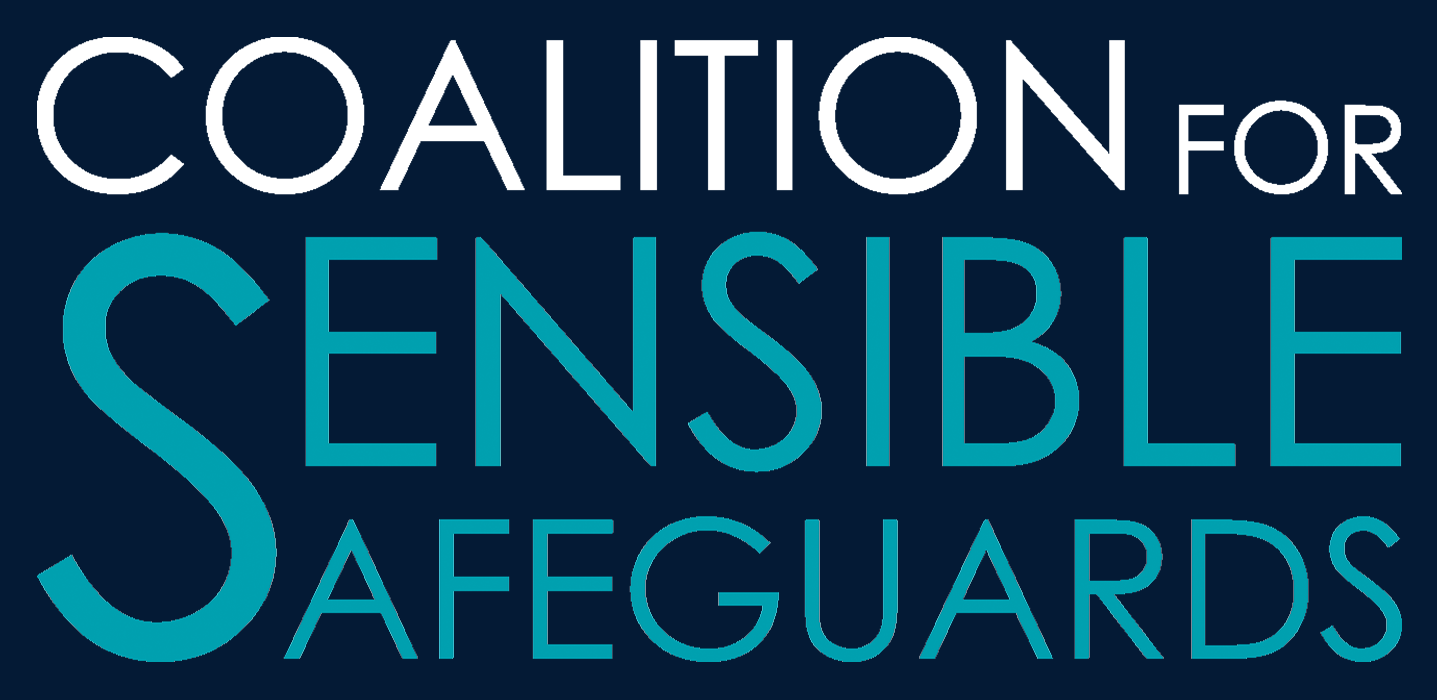Flipping the Conservative Agenda
By Daniel Farber, Center for Progressive Reform
Conservatives, with full support from Donald Trump, have come up with a menu of ways to weaken the regulatory state. In honor of National Backward Day – that’s an actual thing, in case you’re wondering, and it’s today – let’s think about reversing those ideas. In other words, let’s try to come up with similar mechanisms to strengthen protections for public health and the environment instead of weakening protections. It’s an interesting experiment, if nothing else.
Here’s what the Backward Day effort might look like:
The 2-for-1 Executive Order. One of Trump’s first actions was to issue an executive order calling for repealing two regulations for every new regulation. Let’s reverse that: if the government is going to repeal a regulation that protects public health or the environment, it needs to adopt two new protective regulations to take its place. After all, protecting the public is the government’s mission.
Regulatory Budget. Under Trump’s executive order, the White House issues a regulatory budget every year, putting a cap on the net costs of their new initiatives – in practice, that means that every time they add a new regulation, they have to repeal existing regulations of equal or greater cost. Let’s reverse that and give agencies a benefits budget: Every year each agency would be required to enact regulations preventing at least a certain number of deaths or illnesses, or protecting a minimum number of acres of public lands or endangered species. For instance, EPA might be instructed to enact regulations next year that prevent at least 50,000 deaths.
Regulatory Benefits. The Trump administration has made a concerted effort to limit which benefits count. Under Trump, EPA has settled on a social cost of carbon considering only harm to the United States. And when a regulation reduces the amount of one dangerous substance, it often has the bonus effect of limiting others; Trump wants agencies to ignore those “side-benefits.” Again, we could reverse Trump’s approach: Let’s consider the global benefits of all new regulations, not just carbon reductions, and let’s include not only physical co-benefits but also benefits to mental health because people won’t have to see a loved one get sick or die. Oh, and let’s include benefits to later generations, as well. (Speaking of later generations, there’s an Office of Advocacy that represents the interests of small business in regulatory proceedings – why not an office of advocacy that represents future generations?).
Preemption of State Law. Conservatives favor states’ rights in other contexts, but often favor preemption of state environmental and health regulations. For instance, under George W. Bush, agencies often included preemptive language in their own regulations, and Trump wants to prevent California from regulating carbon emissions from vehicles by denying a waiver. Again, think about reversing things. Agencies would include anti-preemption language in their own regulations. EPA would give California a blanket finding for all future regulations, subject only to the requirement that the California regulations contain an escape hatch if they are economically or technologically infeasible. It would be up to the California courts to hear any cases about the escape clause.
Public lands. Trump wants to open up all public lands to logging, grazing, and oil and gas production. Imagine reversing the assumption: All lands are presumptively considered protected unless the agency in charge of the lands (generally the Bureau of Land Management except for national forests) makes an affirmative finding that they are suitable for other uses.
Some of these ideas might work; others may be impractical or have policy downsides. But it’s liberating to start thinking in the same broad terms as conservatives. As Justice Brandeis once said, “If we would guide by the light of reason, we must let our minds be bold.”

